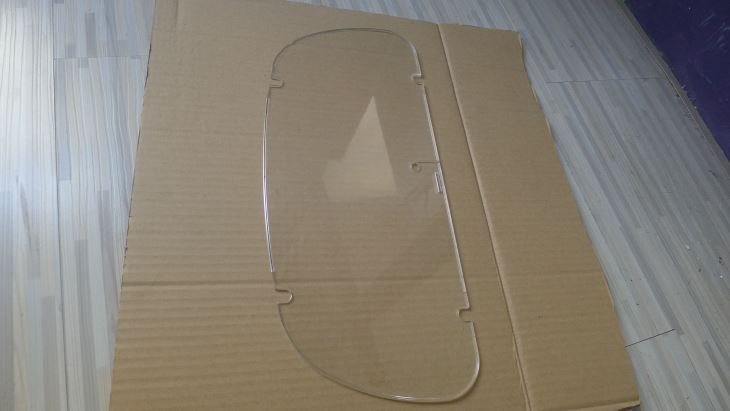
Vacuum Drying Technology Helps Injection Stretch Blow Molding Production
The injection stretch blow molding process is used to produce high quality, highly transparent containers. As the demand for packaging continues to increase, advanced technologies play a vital role in the development of high-efficiency injection stretch blow molding processes and related production lines.
Compared to dehumidification dryers, Maguire’s LPD vacuum dryers significantly reduce the time required to start and switch, reducing energy usage and increasing efficiency and uniformity.
As a company specializing in PET bottle injection stretch blow molding, R&d/Leverage has been able to solve many problems by moving from dehumidifying dryers to vacuum dryers, especially for drying polymers.
According to General Manager Alan Toli, the R&d/Leverage Seven Nissei ASB and Aoki Injection Stretch Blow Molding Lines originally used a dehumidifying dryer, which was saved after switching to Metso’s LPD vacuum dryer. A lot of time. The LPD dryer takes only 1 hour and 20 minutes from the cold start, and is shortened to 40 minutes in the subsequent drying cycle.
Since the LPD vacuum dryer can dry materials more quickly and efficiently than the dehumidification dryer, less stress is applied to the material and the heating time is shorter. According to Paul Edmundson, general manager of the company, “:” Since the drying process of the polymer may account for up to 15% of the overall energy consumption of the injection molding business, a strong reason to use the vacuum dryer is that it consumes 80% less energy than the dehumidification system. This example of R&d/leverage proves The speed and quality of vacuum drying technology can make tool manufacturers and laboratories profitable in terms of productivity, and processors can also enjoy the advantages of this technology over dehumidification systems in full production. People always need to save energy and To increase production efficiency, vacuum drying technology is likely to become the dominant technology in the field of polymer drying.”








